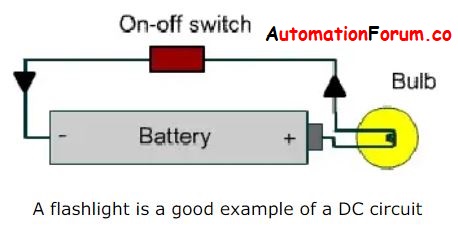What is a motor controller?

Introduction
All motors must have a control device to start and stop the motor called a motor controller.These motor controller plays a major role in industries.
Motor Controller
A motor controller is the actual device that energizes and de-energizes the circuit to the motor so that it can start and stop.
• Motor controllers may include some or all of the following motor control functions:
- starting, stopping, over-current protection, overload protection, reversing, speed changing, jogging, plugging, sequence control, and pilot light indication.
- Controllers range from simple to complex and can provide control for one motor, groups of motors, or auxiliary equipment such as brakes, clutches, solenoids, heaters, or other signals.
Motor Starter
The starting mechanism that energizes the circuit to an induction motor is called the “starter” and must supply the motor with sufficient current to provide adequate starting torque under worst case line voltage and load conditions when the motor is energized.
- There are several different types of equipment suitable for use as “motor starters” but only two types of starting methods for induction motors:
1. Across the Line Starting
2. Reduced Voltage Starting
Across the Line Starting of Motors
Across the Line starting connects the motor windings/terminals directly to the circuit voltage “across the line” for a “full voltage start”.
• This is the simplest method of starting a motor. (And usually the least expensive).
• Motors connected across the line are capable of drawing full in-rush current and developing maximum starting torque to accelerate the load to speed in the shortest possible time.

Across the Line Starters
There are two different types of common “across the line” starters including
1. Manual Motor Starters
2. Magnetic Motor Starters
1. Manual Motor Starters
A manual motor starter is package consisting of a horsepower rated switch with one set of contacts for each phase and corresponding thermal overload devices to provide motor overload protection.
• The main advantage of a manual motor starter is lower cost than a magnetic motor starter with equivalent motor protection but less motor control capability.
• Manual motor starters are often used for smaller motors – typically fractional horsepower motors but the National Electrical Code allows their use up to 10 Horsepower.
• Since the switch contacts remain closed if power is removed from the circuit without operating the switch, the motor restarts when power is reapplied which can be a safety concern.
• They do not allow the use of remote control or auxiliary control equipment like a magnetic starter does.

2.Magnetic Motor Starters
A magnetic motor starter is a package consisting of a contactor capable of opening and closing a set of contacts that energize and de-energize the circuit to the motor along with additional motor overload protection equipment.
C Magnetic starters are used with larger motors (required above 10 horsepower) or where greater motor control is desired.
• The main element of the magnetic motor starter is the contactor, a set of contacts operated by an electromagnetic coil.
- Energizing the coil causes the contacts (A) to close allowing large currents to be initiated and interrupted by a smaller voltage control signal.
- The control voltage need not be the same as the motor supply voltage and is often low voltage allowing start/stop controls to be located remotely from the power circuit.
- Closing the Start button contact energizes the contactor coil. An auxiliary contact on the contactor is wired to seal in the coil circuit. The contactor de-energizes if the control circuit is interrupted, the Stop button is operated, or if power is lost.
- The overload contacts are arranged so an overload trip on any phase will cause the contactor to open and de-energize all phases.

Reduced Voltage Starting of Motors
Reduced Voltage Starting connects the motor windings/terminals at lower than normal line voltage during the initial starting period to reduce the inrush current when the motor starts.
• Reduced voltage starting may be required when:
- The current in-rush form the motor starting adversely affects the voltage drop on the
electrical system. - needed to reduce the mechanical “starting shock” on drive-lines and equipment when
the motor starts. - Reducing the voltage reduces the current in-rush to the motor and also reduces the starting
torque available when the motor starts. - Typical reduced voltage starter types include:
1. Solid State (Electronic) Starters
2. Primary Resistance Starters
3. Autotransformer Starters
4. Part Winding Starters
5. Wye-Delta Starters
Reduced voltage starters can only be used where low starting torque is acceptable or a means exists to remove the load from the motor or application before it is stopped.
also read





